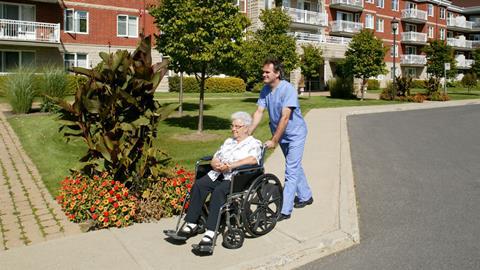Investment across the European care home market has been steadily rising over the last decade and is expected to continue to rise in the near future, according to the latest UK and European Care Home research report from Savills.

Care home investment reached a record high of €5.7 bn in 2021, compared with the average of €2.4 bn per annum over the decade. The international real estate advisor notes that it is cross border capital that has dominated the sector, as investors look to diversify their portfolios and benefit from a strong yield potential - with average European prime yields reported at 4.43% in Q2 of this year.
Investment across the seven main European care home markets (Germany, UK, France, Spain, Italy, the Netherlands and Belgium) is expected to continue to rise, as major operators such as Korian and Orpea adopt a pan-European focus. Germany is the most liquid care home market in Europe, with more than €5 bn transacted since 2020. The UK is in second place, accounting for €2.2 bn, with France and Italy coming in third at €750 mln respectively.
‘Care Homes have proven to be a countercyclical asset class, performing strongly in economic downturns,’ said Caryn Donahue, head of Senior Housing Transactions in Savills Operational Capital Markets division. ‘Underpinned by compelling supply / demand fundamentals and an ageing population, the European Care Home sector nevertheless has many nuances, and a close understanding of each market’s regulation, spending, and cultural approach to care, is key for investors looking to access and achieve success in this sector.’
The highly fragmented nature of a number of the European Care Home markets, such as France, Germany, the UK, Spain and the Netherlands, combined with an overall ageing population across the continent, will continue to present opportunities for investors.
Marcus Roberts, head of Europe in Savills Operational Capital Markets division, added: ‘In the Southern European countries of Spain and Italy, we have traditionally seen family members more likely to care for elderly relatives rather than placing them into institutional care. As a result, these Care Home markets are smaller relative to the size of their populations. However, this cultural difference now appears to be changing, with smaller families and fewer people per household. We expect this to create opportunities for investment, as these markets increase in size.’










